Note: Please note that this is an “archived project” and is no longer updated. This article is meant for historical purposes only.
NASA missions focused on outer planets, such as Jupiter, are often subjected to intense radiation while experiencing less than 10 percent of the solar flux relative to a mission in the general vicinity of Earth. Under these conditions, existing solar array technology is not as efficient in converting the sun’s energy, and the solar array performance degrades quickly due to the high radiation exposure. In addition to these deep space missions, there are also multiple classes of NASA, other government agency, and commercial space missions in Earth orbit that are exposed to high levels of radiation.
Various methods can be used to increase solar array performance for missions exposed to severe radiation environments and increase overall efficiency when operating in LILT-type environments. One method involves a redesign of the solar cell. The choice of appropriate semiconductor materials, cell designs, and precise attention to cell fabrication processes can be used to develop a high efficiency device that is both radiation tolerant and exhibits minimal LILT-type degradation effects.
Another approach is the use of concentrator optics to shield the solar cell and minimize the amount of solar cell area needed. Concentrator concepts have been successfully used for both space and terrestrial photovoltaic systems. This approach utilizes either reflective or refractive elements to focus the sunlight onto a much smaller solar cell area. Designs vary greatly in terms of complexity and solar concentration, from simple two-sun trough reflectors to greater than 100-sun refractive point-focus designs. Issues such as degradation/contamination of the concentrator optics and sun-pointing requirements for the solar array must be addressed; however, concentrator concepts address EESP project goals by providing added protection from the radiation environment for the solar cells and by operating at higher solar intensity and temperature conditions than one-sun planar arrays.
The EESP project is currently investing in both advanced solar cell and concentrator technologies. The development of these new solar cell and array-level component technologies will enable future NASA robotic and human-exploration missions as well as other potential missions by increasing solar array performance, and thus increasing mission life and/or decreasing mission mass/cost.
Details
Discover More Topics From NASA
from NASA https://ift.tt/qURxy2k

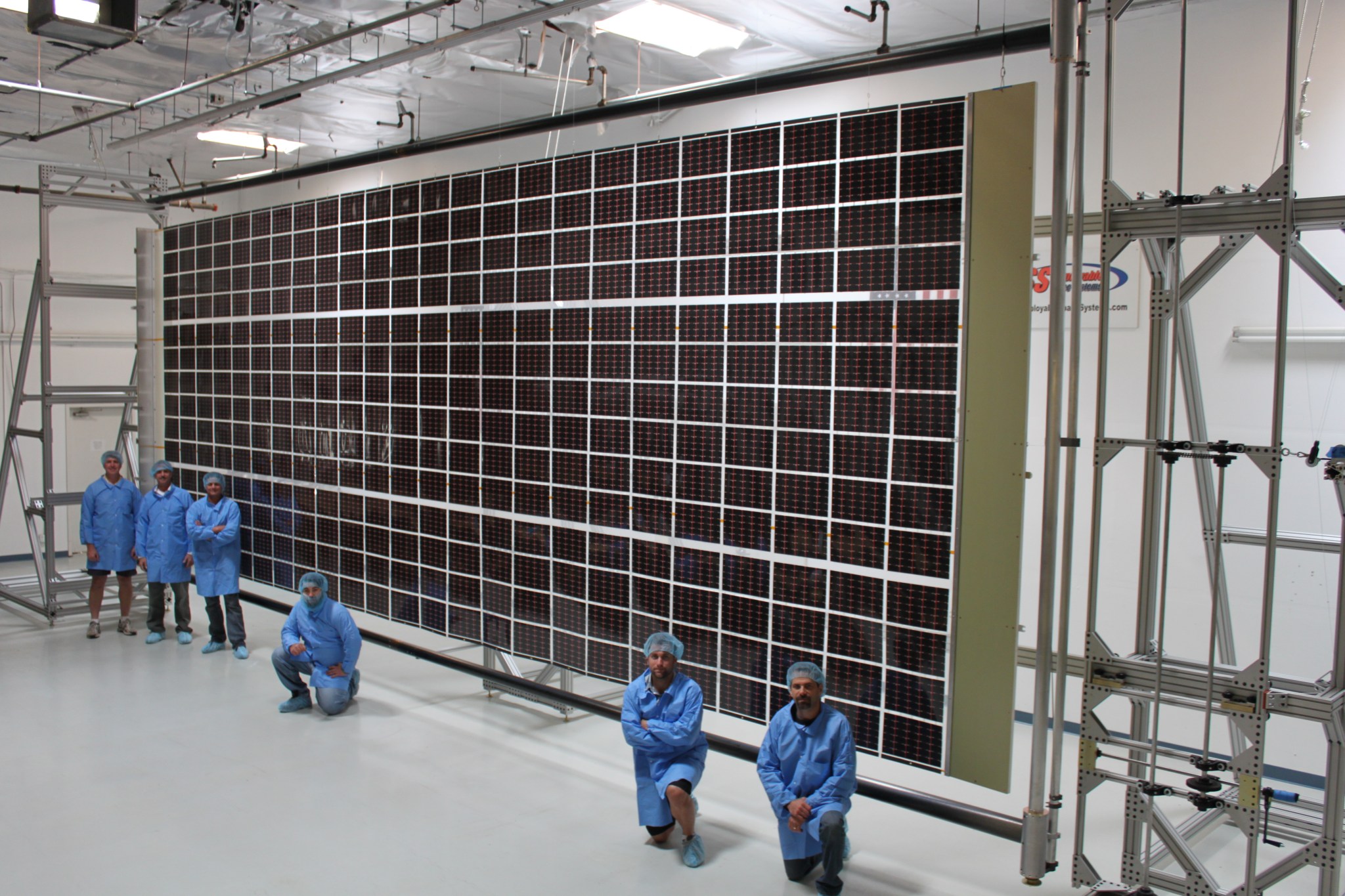
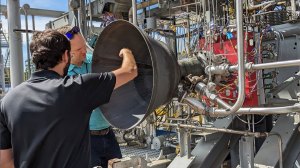

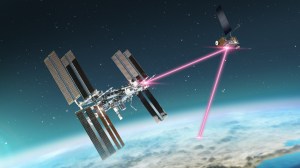
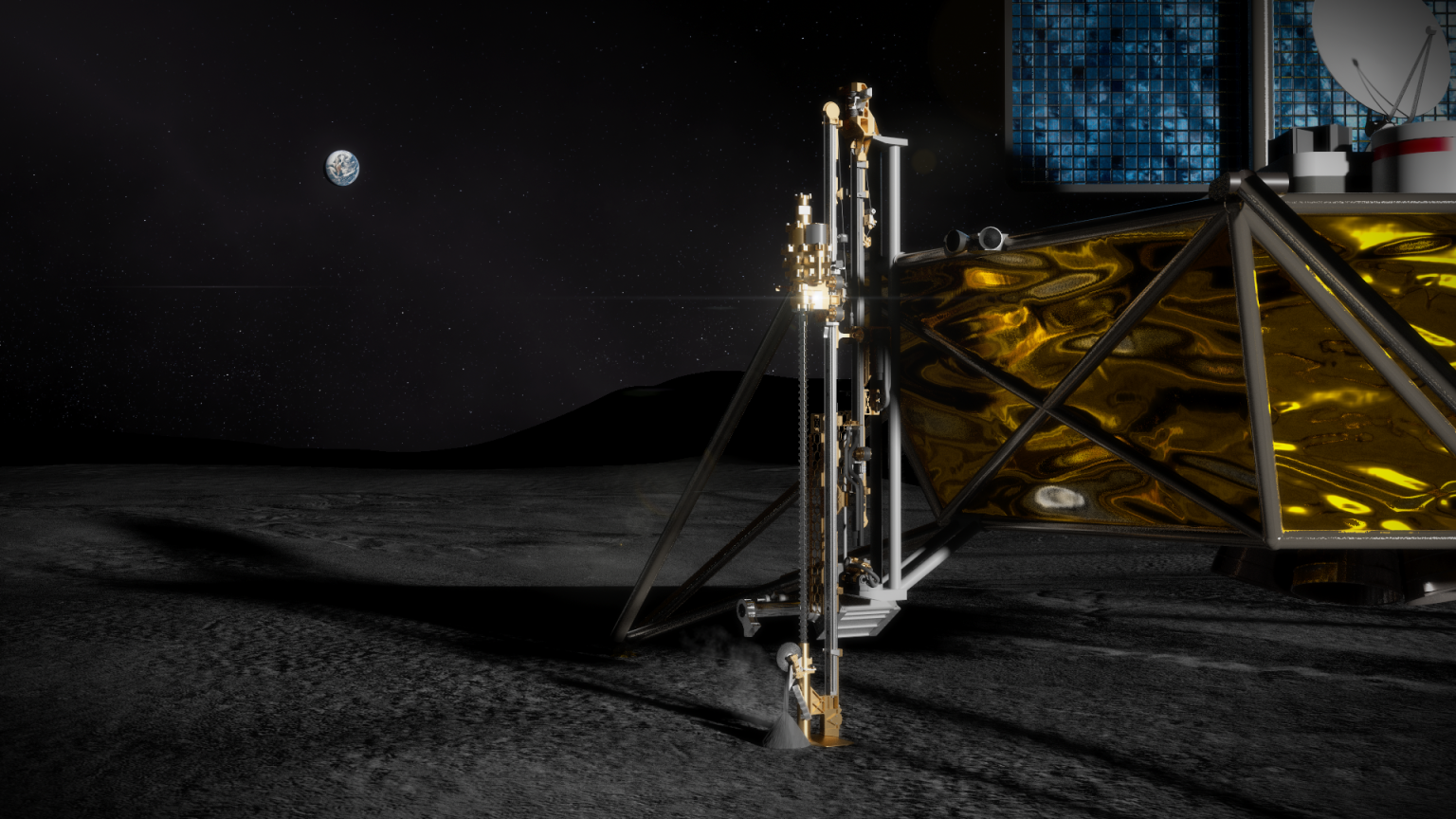

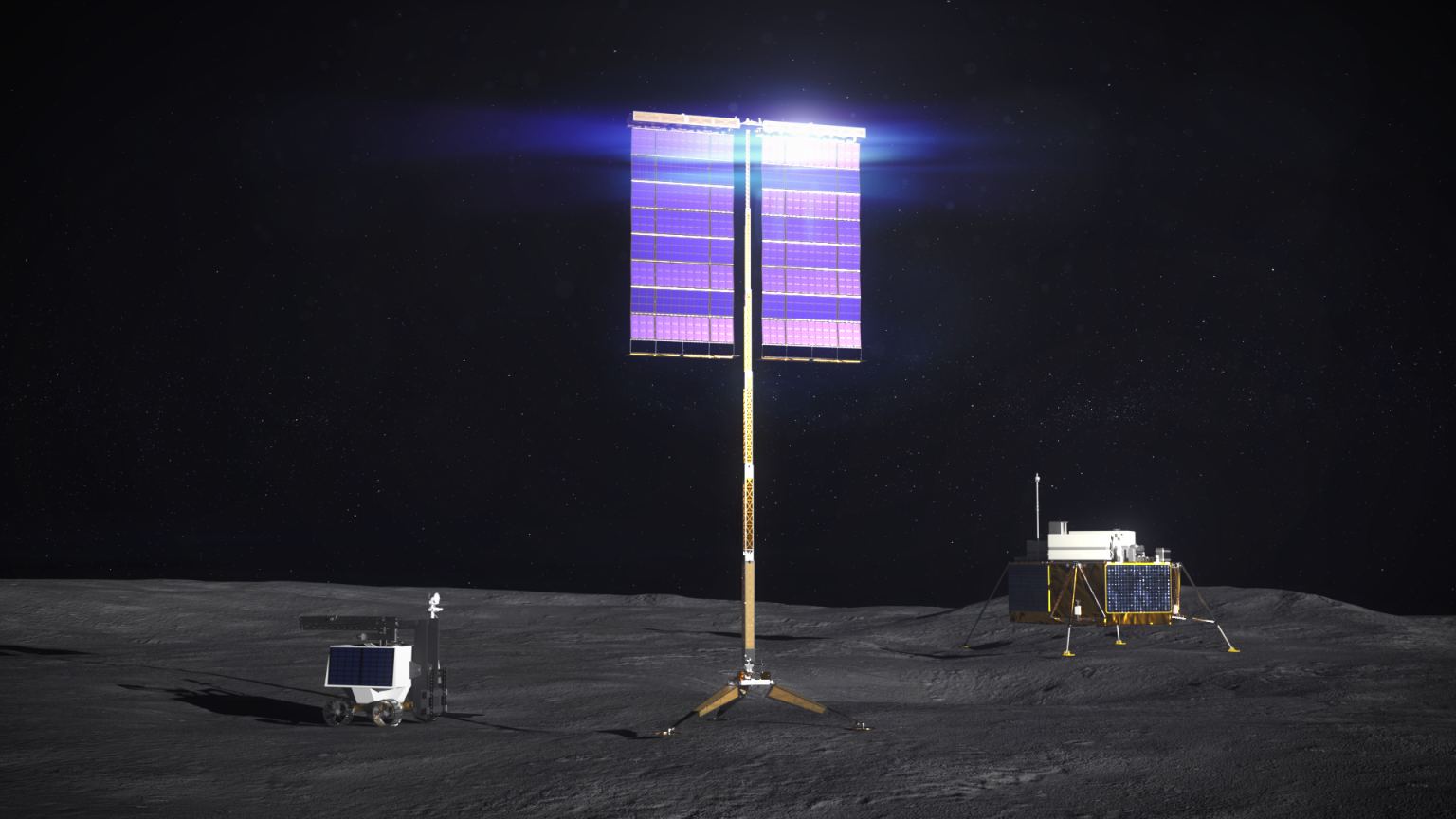

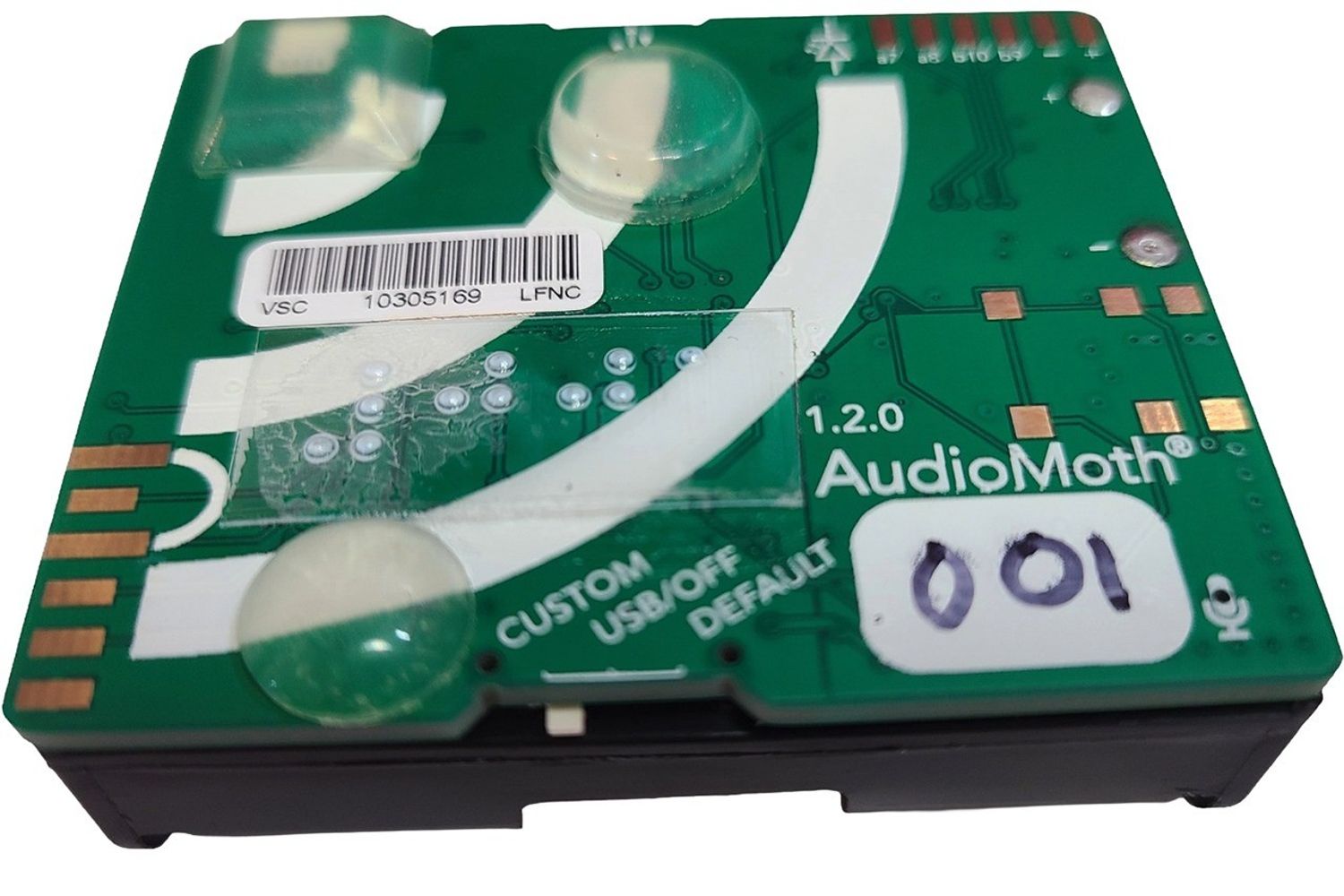
No comments:
Post a Comment